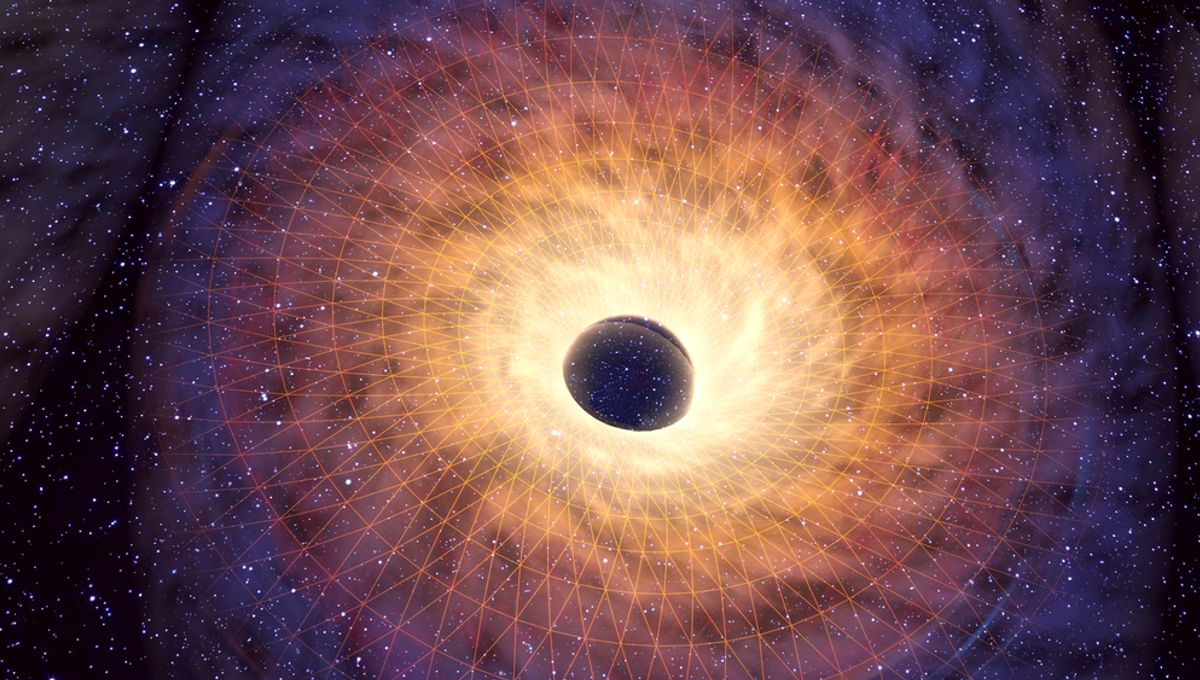
Astronomers spotted an unusual signal while hunting for the counterpart of gravitational wave event S190930t. They were looking for the collision of a neutron star with another object, which should result in a kilonova. Instead, they stumbled upon a completely different type of transient event. While kilonovae redden and fade over a few days, this event stayed bright. Actually, it remained one of the most luminous events ever seen.
Turns out, the culprit is a black hole – not just any black hole, but a supermassive one with the not-so-catchy name of J221951-484240 (J221951 for short). Astronomers have ruled it had nothing to do with the gravitational wave event, which was coming from 500 million light-years away. This black hole is 10 billion light-years away. The event had been going on for 10 months at the time of observations, and its estimated total energy released is over 10 times the energy the Sun will release over 10 billion years.
Surveys of that area of the sky suggest the presence of a red quiet galaxy where this signal is coming from. Actually, the signal comes right from the core of where this galaxy was seen before, consistent with a supermassive black hole sitting at the nucleus of the galaxy.
“J221951 is consistent with being nuclear, so the scenarios we are being left are a tidal disruption event or an active galactic nucleus,” lead author Dr Samantha Oates said as she presented the research at the National Astronomy Meeting 2023. “Looking at the spectrum it’s consistent with both categories.”
A tidal disruption event (TDE) takes place when a star or a gas cloud gets too close to a supermassive black hole. The material is ripped apart, and due to the incredible gravitational pull, it begins to shine as the black hole feeds. If the event is a TDE, it’s more luminous than most ever observed and it is certainly not a standard one.
The other explanation is that it is an active galactic nucleus (AGN), the phase of a supermassive black hole where it is consistently feeding in a frenzy. The event doesn’t fit the standard AGN either, but the team believes that they might have been witnessing the initial phases of a supermassive black hole going from quiescent to active. If it is an AGN, it is only just starting. But what caused it to turn on is unclear.
“We hope in future to distinguish between these two scenarios,” Dr Oates concluded in her talk.
The paper is now available pre-peer-review on the ArXiv and it has been submitted to the Monthly Notices of the Royal Astronomical Society.
Source Link: A Supermassive Black Hole Has Been Caught Turning On